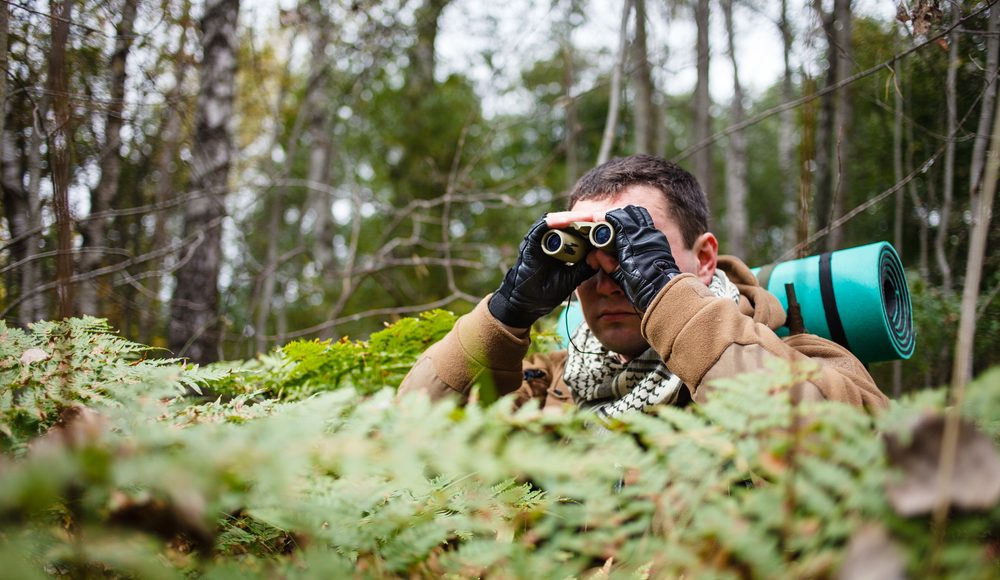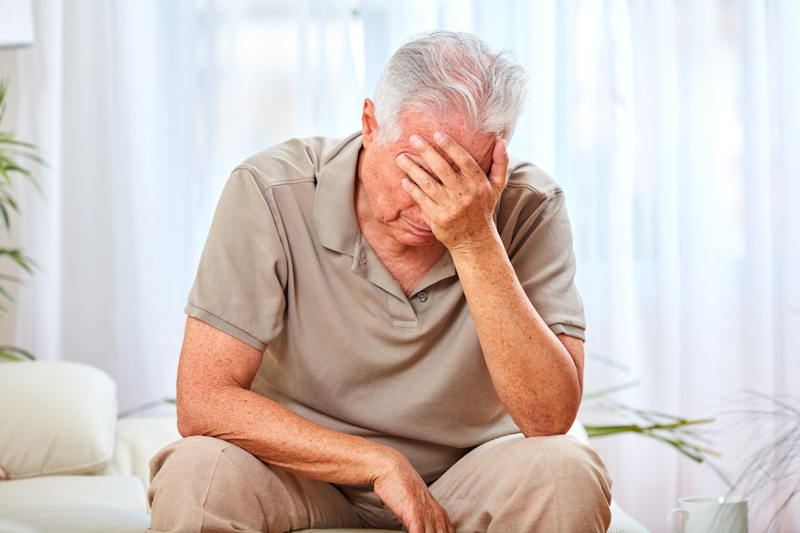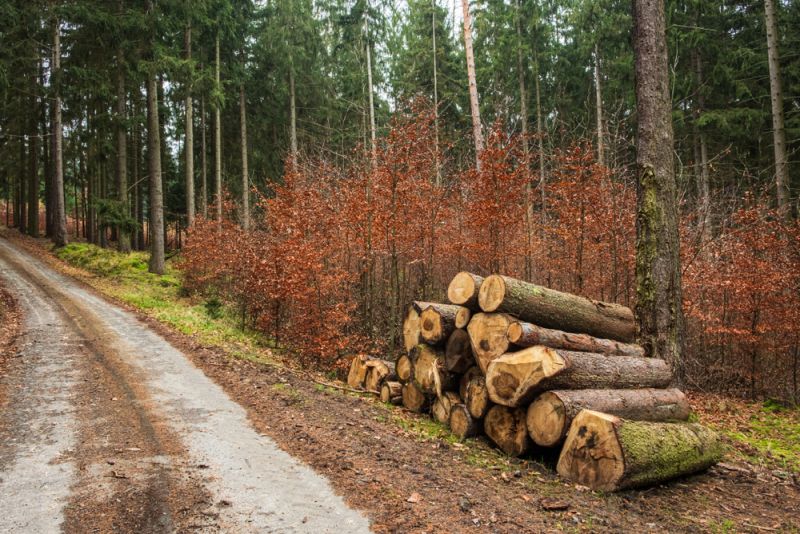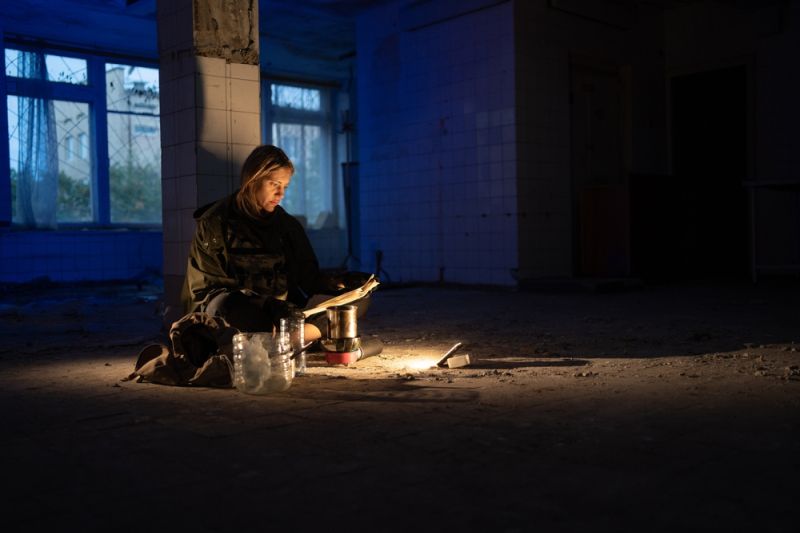In case I never told you, I’ve been a prepper since long before the term existed. Back when I got started, we were just called “survivalists.” While some people say that there’s a difference between the two, for our purposes, I’d say that if you’re one, you’re probably the other. If you’re not, then you should be.
There’s a lot of difference between the prepping of today and what I started with. Back then, we were even more of a minority than we are today. On top of that, there wasn’t a “prepping” market niche for which people designed and manufactured products. Most of what we could find for survival was backpacking gear. While it worked for us, the selection wasn’t all that good. There have been many good products and ideas, and some not-so-good ones have come out since then.
Nor were there the hundreds of prepping and survival-related websites and YouTube channels there are today. For that matter, the Internet was nothing more than an experiment. So our access to information was much more limited than it is today. Still, I find that many of my questions are the same questions that many newbie preppers have today.
This list is by no means complete. I’m sure there are people out there with other questions. These are just the questions I can remember having, oh so many years ago. Perhaps they can help you as well.
It’s Not About How Much Money You Spend
One of the big things that held me back initially was that I was young and didn’t have a lot of money that I could put into survival preparedness. Since I couldn’t afford good gear, there were many things I didn’t bother to buy at all. But had a disaster happened, I would have been happy to have even cheap gear, rather than nothing at all. Buying cheap equipment might not be the best, but it’s better than nothing.
The other part of this is that some of us get overly carried away with spending money, especially on bug-out vehicles and the like. While I have nothing against having a bug-out car or even tricking it out, it shouldn’t define who we are as preppers or what it takes to be prepared.
Knowledge Trumps Gear Every Time
Like many others, I put too much emphasis on what I could buy rather than what I could learn. Learning how to survive is ultimately much more important than having the latest gadget to survive with. That latest gadget may not even do what its manufacturer claims it will anyway.
Knowledge allows us to get by without certain gear items because we can either substitute something else or make our own. Since that time, I’ve made a lot of my survival gear. Should I find myself in a survival situation where I don’t have the necessary equipment available, I’m pretty sure that I could give even McGyver a run for his money.
Buy Quality Gear
Quality gear is critical. When your life is dependent on the equipment you have, a cheap knife or twenty-dollar tent isn’t going to do it. A cheap bag is cheap for a reason; the manufacturer didn’t use quality materials or design the product in such a way as to be durable. Survival isn’t just hard on us; it’s hard on our gear as well. Having your knife break or your sleeping bag lose some of its stuffing because it was poorly made is severe and could ultimately cost you your life.
Watch the Weight of Your Pack
Pack weight is something we talk about today but wasn’t talked about back then. I got a lot of gear from the local Army surplus store. It was durable enough, but it was cumbersome too. Later, when I was in the Army, I gained a genuine appreciation for the backpacking gear that I had bought and seen as I was lugging a 70-pound pack across the hills.
Most of us couldn’t walk a full day with our bug-out bags; we’ve got too much weight in them. There are only two solutions to that – lighten the load or get in shape. Both should be applied, but lightening the bag means that that lighter pack will be even easier to carry when we get in shape.
Good backpacking gear is expensive. By and large, the lighter it is, the more expensive it is. But it’s an investment worth making if you’re expecting to carry that gear.
You Can’t Expect to Live Off the Land
The general idea was to get out of Dodge and live off the land back when I started. Little did I realize at the time just how hard that was. The reality is that there isn’t enough game available, especially if there are many of us who head for the woods, hoping to live off the land. That may have been possible in the early days of our country, but we have a much larger human population and a much smaller game population today.
Bugging out to the woods today means having someplace to go, where you’ve already got supplies stockpiled. Amongst those supplies, you should have seeds so that you can clear land and start planting. While you might be able to get some food from nature, you’ll have to grow most of it.
Your Bug Out Plan is Not Complete without a Destination
Getting out of Dodge didn’t mean heading for a prepared survival retreat back then; it just meant running for the hills. I lived at the foot of the Rocky Mountains, and those mountains were all the destinations I had in mind. Yet living in those mountains is difficult at best and can be extremely dangerous in the wintertime. Without a snug shelter and lots of wood to burn, it’s questionable whether I would have frozen to death first or starved to death.
Don’t Drink Water You Haven’t Personally Purified
Another false idea we had back then was drinking the water from mountain streams without purifying it. The general idea was that there was nothing above us to pollute it. I don’t know if that was true or not, but too many people go camping, thinking they can use those mountain streams as their toilet. That’s much more dangerous contamination than anything that industry can give.
I never got sick from drinking that stream water, but I know people who did. Today, instead of carrying a metal cup on my pack strap so that I can drink water right out of the stream, I take a Lifestraw. The water is still just as cold and clear, but at least it is safe to drink.
Get in Shape
Survival is physically strenuous, regardless of the circumstances. If you’re not physically fit, it’s going to be all that much harder. Just walking with a full pack can wear you out, let alone cutting wood and hauling water. If any of us are going to survive, we’re going to need to shed the excess pounds and get some decent muscle tone. That goes for those of us who are planning on bugging in as well.
Bugging in is Better than Bugging Out
The tides of ideas have changed since I got started in survival. Back then, it was believed that bugging out was the way to go. But then again, back then, we were concerned about the thermonuclear war. Since I lived just up the hill from the Federal Center in the Denver metro area, my home would probably have disappeared in a nuclear attack. If I didn’t, but out, I probably wouldn’t survive.
We’re looking at different problems today, so bugging in makes a whole lot more sense than bugging out. While there are still situations that would require us bugging out to safety, not every situation demands it. Staying at home and bugging in means we have shelter as well as everything we own to help us survive. While it won’t all be useful, more will be useful than we could carry if we bugged out.
That doesn’t mean we shouldn’t have a bug-out plan, just in case. That bug-out plan, including a survival retreat and everything needed to put the plan into effect, are essential parts of our overall survival plan. They’ve just changed from being our first line of defense to our last.
Never Stop Stockpiling
There’s no such thing as a complete stockpile. No matter how much you have, you can always use more. That means more of the same items and other items that you hadn’t bothered stockpiling. None of us know what disasters we will face, so there’s no way we can know how long we’re going to need to live off that stockpile or what other items we’ll need.
I had thought that I was ready for a pandemic in 2018. That was before COVID stated. But it only took a few months to go through all the PPE and other supplies I had stockpiled. I hadn’t realized the magnitude of a pandemic or how long it would last. So I wasn’t as prepared as I needed to be. The question is; what other potential disaster scenarios are there where I’m not as prepared as I need to be? That’s why I need to continue stockpiling, even when it looks like I have enough.
Your Neighbors Might Be Your Biggest Danger
Back when I started, we hadn’t thought of how dangerous our neighbors could be. But as we’ve all heard, desperate people do desperate things, and when a disaster strikes, many of those people are going to become desperate. They’ll do things they never thought of before, to get their hands on some food for their kids.
The home defense has become a significant area within prepping, and rightly so. While self-defense isn’t one of the top three survival needs, the others won’t matter if we can defend ourselves.
I have no desire to kill innocent people trying to do nothing more than feed their own families. But at the same time, I’m not willing to allow my family to become victims so that they can steal what we have. I will defend my family and my home, and I hope to do it with as much compassion as the circumstances allow.
You’ve Got to Become Self-sufficient
While we all understood that people living in rural farming communities would be better off, nobody talked about the need to homestead or even plant a vegetable garden. Our focus was on wilderness survival and making it through the first few weeks after a disaster. Somehow, we were going to make it after that, living off the land. But as I’ve already said, that wouldn’t have worked.
Regardless of whether we’re talking about thermonuclear war, an EMP, or any other TEOTWAWKI event, the only way any of us will make it is by becoming as self-sufficient as possible. We’re going to need to be able to produce everything we need or harvest it from nature. That’s not going to be easy, and it’s going to take a lot of time and effort to get us to that point.
Train with Your Gear
There was a bit of a propensity back then to save our gear for when it would be needed, just like I see today. Fortunately, I ended up training with my gear, even though I didn’t plan to. That essentially happened because my survival gear was also my camping gear, and I enjoyed primitive camping. I’d go out in the woods with nothing more than my pack (including food) and stay for several days at a time. This gave me the training that I needed, which I wouldn’t have gotten, had I not enjoyed camping.
There are two important reasons to train with your gear.
- The first and most obvious is to learn how to use it. Bugging out isn’t the time to use your camp stove for the first time. You’re going to have much more important things to worry about; using that camp stove better be second nature by then.
- The second reason to train with your gear is to test out the equipment itself. I’ve had many a piece of kit I bought because it looked good or because someone recommended it, only to find that it was not well made and broke down under hard use. If I hadn’t been training with that gear, I never would have encountered the problems with it, and I would have ended up taking it with me at a time when I couldn’t afford for it to fail.
Harden Your Home Against Attack
I mentioned a few items back how dangerous neighbors can be, something that I hadn’t realized as a younger man. But the answer to that isn’t just having guns on hand and practicing using them.
We need to go further than that, making our homes into a fortress that is hard to break into. I’m not saying to make your home look like a fortress. That would indicate something inside worth protecting; I’m saying harden the house to make it a fortress without being obvious about it.
This mostly means doing something more than deadbolts and window locks, things that can be broken through. We can take several measures, which will make it so that someone will have to work hard at it if they want to get into our homes. I don’t have enough room to talk about those here; perhaps I’ll talk about them some other time. But use this as a test – if your neighbors can break into your home with a battering ram, then you haven’t hardened it enough.
Hardening your home does two things for you. First, it might make it so that you don’t have to fight, shooting them before they can shoot you. Secondly, it can give you those few crucial minutes you need to have, grabbing your guns and getting into firing positions, should someone attack your home. Those few minutes might mean the difference between your family’s death and their survival.











Austin Chambers | September 22, 2021
|
Solid points! I’ve been saying much the same to my own audiences. Sharing.
Tom | September 22, 2021
|
Excellent article. Thank you.
“Knowledge trumps gear every time + train with your gear” These two points go hand in hand and will probably give the greatest chances for success.
Sarcasm on:
#15 you don’t have to have a BOL in the so called “American Redoubt” to survive.
Sarcasm off